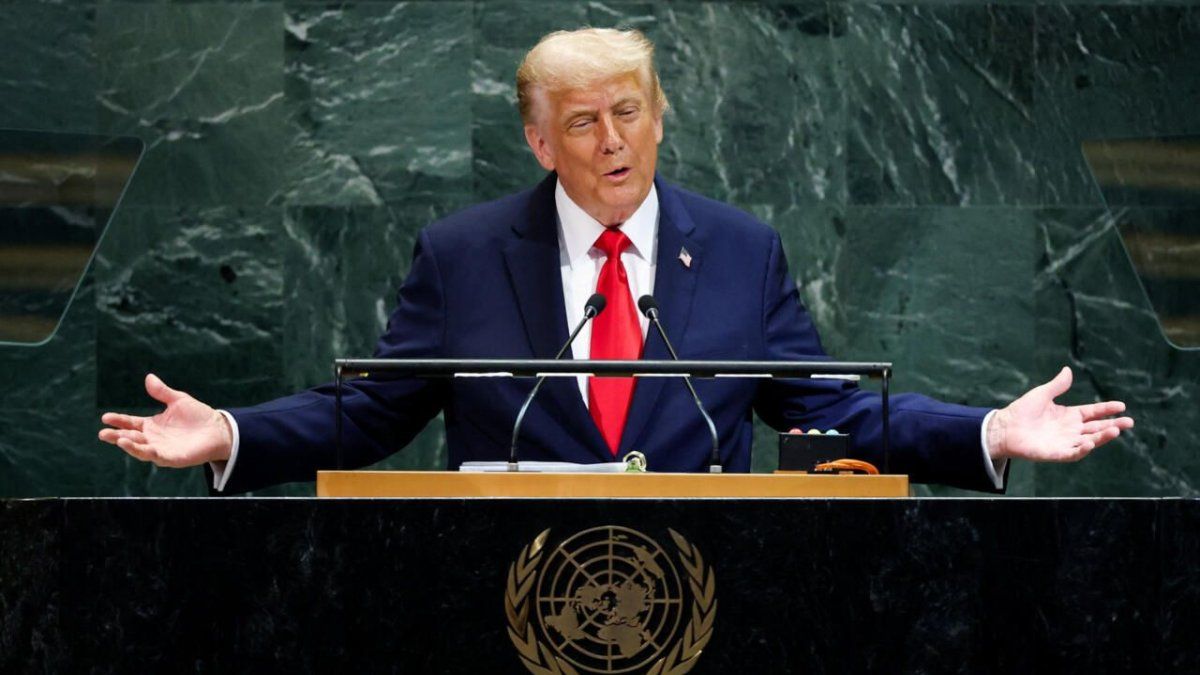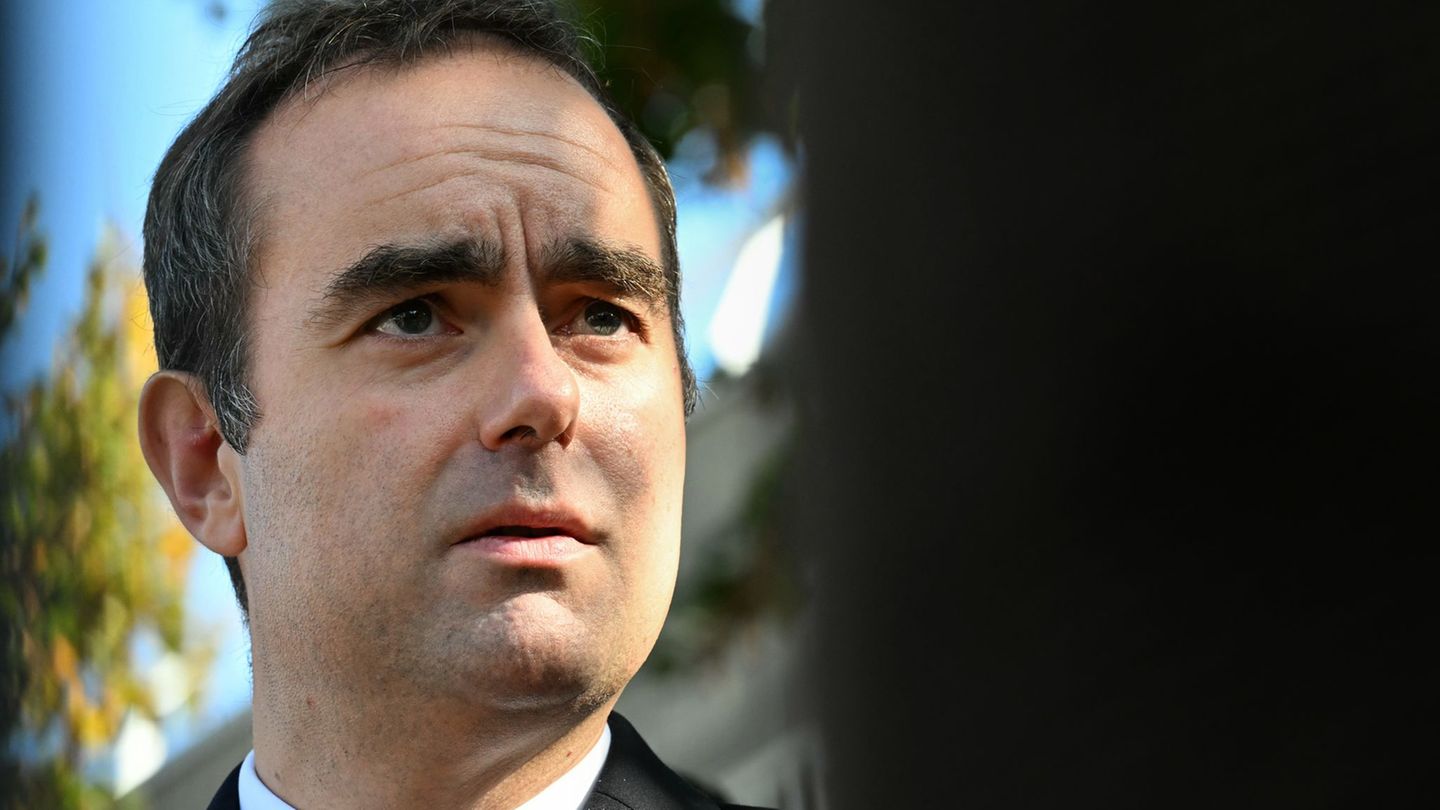Menu
Quillaja: tree bark helps fight Covid-19 – and other diseases (video)
Categories
Most Read
Citizen Science: Conduct research in over 160 exciting projects
October 10, 2025
No Comments
Horses: the biggest, the smallest, the most expensive – seven curious truths
October 10, 2025
No Comments
You can buy a Merach exercise bike at a reduced price on Amazon
October 10, 2025
No Comments
Iron deficiency caused by matcha tea? What you should know about it
October 10, 2025
No Comments
Sweden on prescription? Country launches strange tourism campaign
October 8, 2025
No Comments
Latest Posts

Donald Trump, heading to Israel, confirmed that the war is over
October 12, 2025
No Comments
October 12, 2025 – 20:12 The US president will meet this Monday with relatives of hostages and then give a speech in front of the

Benjamin Netanyahu welcomed the imminent release of hostages and called for putting aside disagreements
October 12, 2025
No Comments
He Prime Minister of Israel, Benjamin Netanyahucelebrated the imminent release of hostages kidnapped by Hamas after the ceasefire in Gazaand urged citizens to “put aside

Political crisis: New government in France is in place – political crisis unresolved
October 12, 2025
No Comments
IvanI have been working in the news industry for over 6 years, first as a reporter and now as an editor. I have covered politics
24 Hours Worlds is a comprehensive source of instant world current affairs, offering up-to-the-minute coverage of breaking news and events from around the globe. With a team of experienced journalists and experts on hand 24/7.

